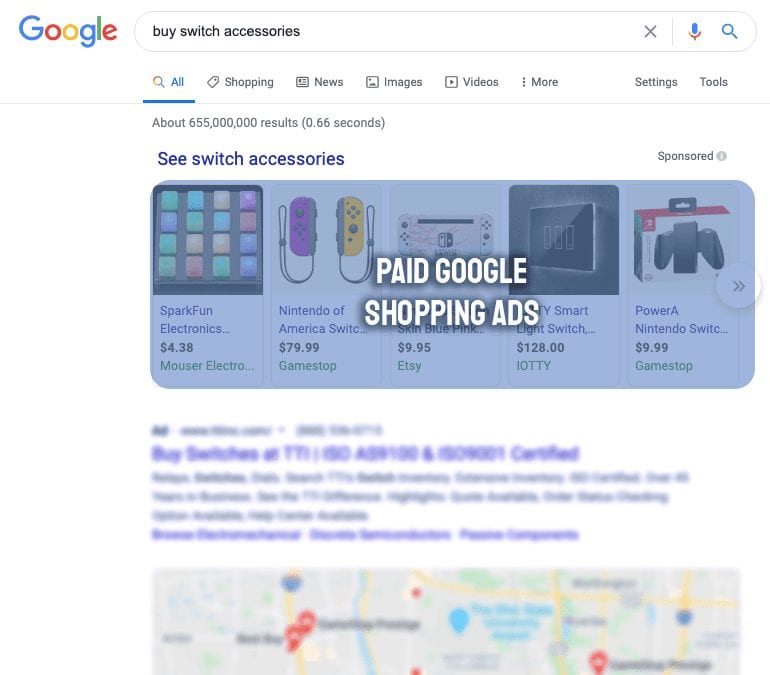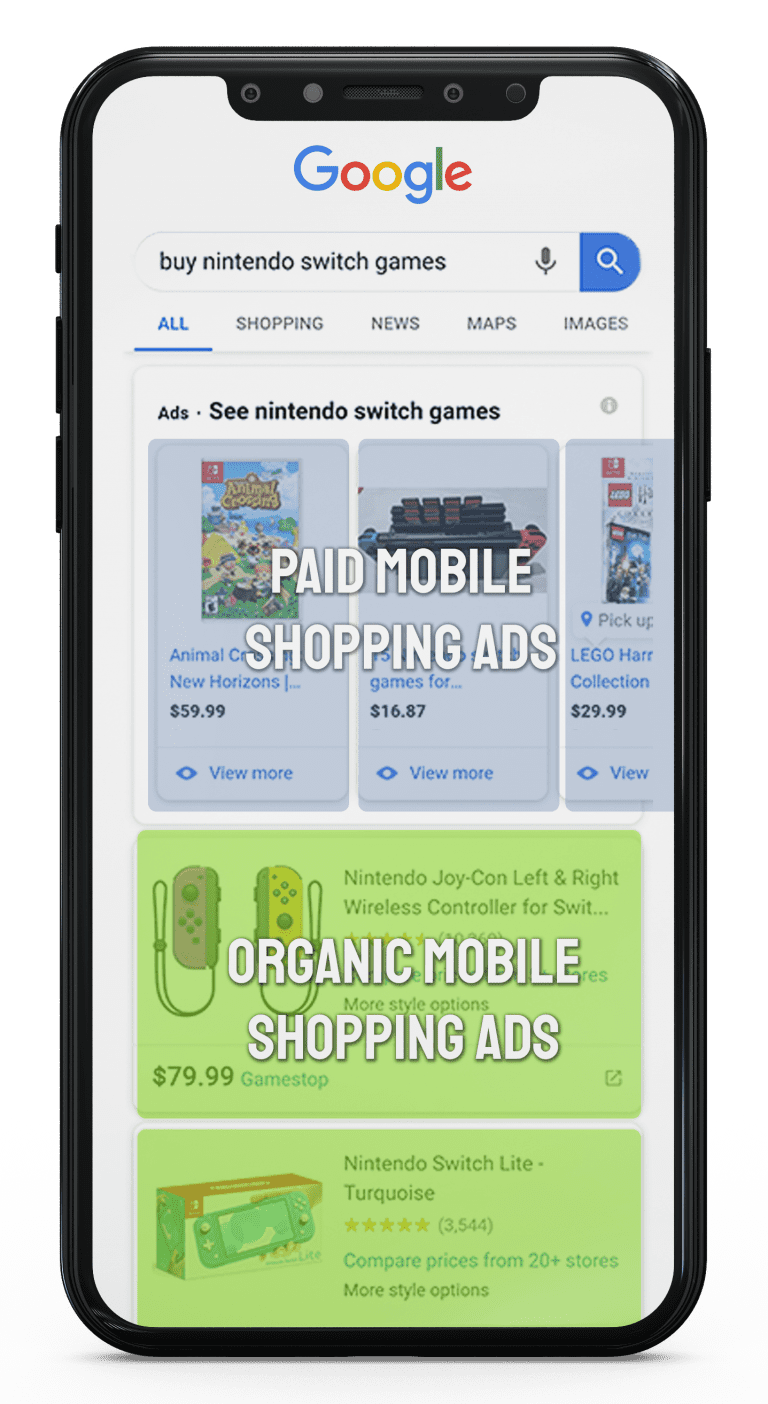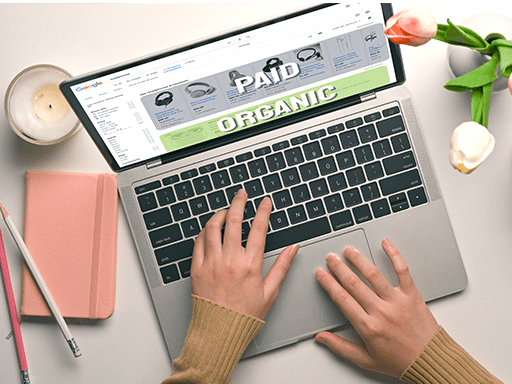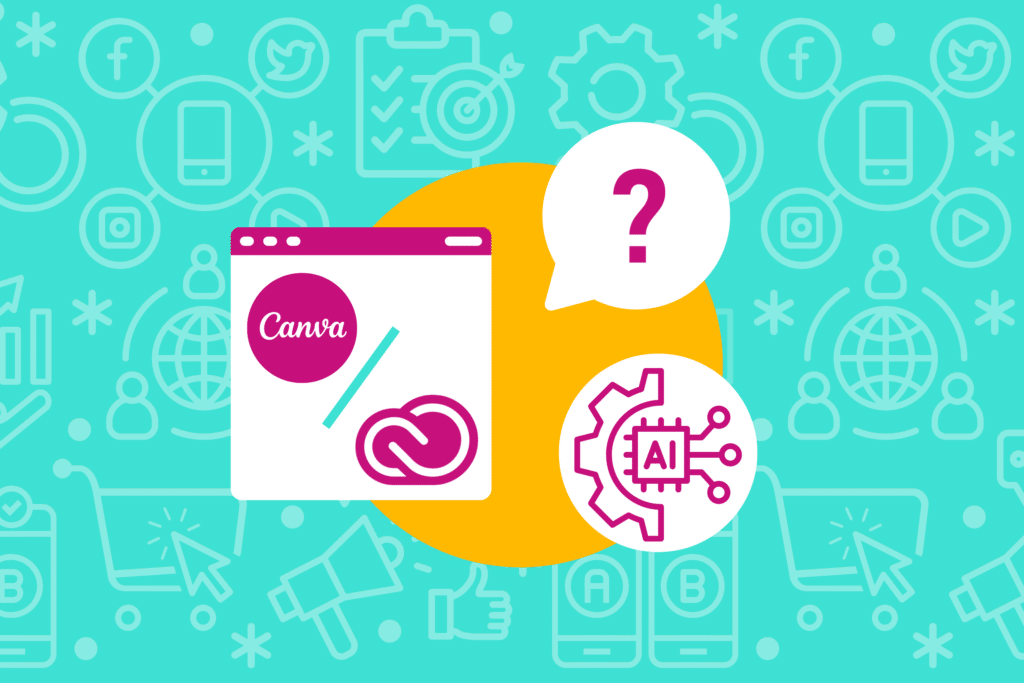Free Google Shopping Listings Now Live
Today, Google announced a seismic shift to its advertising platform: the introduction of free organic listings in Google Shopping.
For nearly a decade, Google Shopping has been composed entirely of paid product ads. Beginning next week, the Shopping tab will revert “primarily” to free organic listings. The main search page will not change, and the product ad carousel on that page will remain paid advertising.

That said, this is still a huge shift in model for the Google Shopping platform. Free listings could open Google Shopping to businesses who have previously eschewed advertising on the platform, while simultaneously removing some currently available ad placements. This increase in competition will raise the bar for advertisers, who will now not only need to compete for paid listings, but also leverage product feed optimization and other factors to serve for coveted organic placements as well.


Expert Opinions on the Impact of Free Google Shopping Listings
Here’s what our Founder and CEO, Matt Stover, found when investigating current account performance across placement types. (Note: “Top of page” placements are those that appear above search results on Google Search or Shopping. “Other” placements appear below search results and/or represent alternate placements like Google Images.)

“Looking at Q1 2020, we observed roughly 25% of total Shopping Ad impressions were attributable to the Shopping tab, while the vast majority of visibility comes from the top of the page placements. An even lesser share of clicks were attributable to the Shopping tab and other placements – just 16%.
However, conversion rates tend to be much stronger for these placements, likely due to the greater number of products for a user to browse prior to clicking on the ad. In Q1, conversion rates for Shopping tab and other placements were 56% greater than those for top of search results (3.4% on average for Shopping tab versus 2.2% for Top of Page).
I expect the impact of these changes to have the greatest impact on this 16% share of Shopping campaign traffic, though we will likely see an increase in CPC due to reduced ad placements which may cause advertisers to limit their spending and aggressiveness.”
– Matt Stover, CEO and Founder
So if you’re an existing advertiser—what will free Google Shopping listings mean for you?
We spoke to several Omnitail analysts to hear their opinions on this monumental change in strategy.

“Free doesn’t always equate to better. Now more than ever, it will be of the utmost importance to make sure that your product feeds are curated properly. Google will still charge to appear in a prominent position, like the carousel at the top of searches.
What does this mean? There will likely be a battle to bid to the top of searches or to gain maximum impression share. This strategy doesn’t bode well for retailers that are interested in profitability.
No doubt that this will certainly help some online retailers, but it should be known that paid ads aren’t going anywhere. We just need to wait and see what the impact will be across the Google Shopping platform.”
– CJ Milhoan, Senior SEM Analyst

“In these critical times for small businesses and commerce, Google is stepping in a direction to help the acceleration to e-commerce. However, they have been preparing for this moment for a while now. The addition of product enhancements to Google Search Console in February 2019 made it clear that Google was expanding organic efforts for product pages. Although this seems as mainly a change to organic traffic, this will also affect product ads.
Working on lead generation accounts in the past, it has always seemed that Google Ads changes benefited the commerce world more than lead generation. However, since Amazon has become a titan in the space Google now has a challenging landscape to stay competitive. Whether this will benefit ecommerce sites or not is a test for time. Either it could lead to more exposure or the space could end up saturated and push up costs for Google Product Ads. However, those companies who stay on top of efforts on both organic and paid will end up doing well in the end.“
– Sarah French, Senior SEM Analyst

“Ultimately, I believe the success of this change relies on how many merchants adopt Google Shopping. The timing certainly is advantageous for Google given the recent effects that the Coronavirus pandemic has had on Amazon’s operations: namely shipping delays and cutting their ad spending on Google.
As an advertiser, I’m curious how this will affect conversion rates for paid ads. If opted-in, this would create Google Shopping free listings from a product feed that we are already using. One benefit I could foresee for advertisers is a lift in site traffic, which could generate more opportunities for retargeting.”
– Chris Kendall, SEM Strategist

What will happen now that Google Shopping listings are free?
Google Shopping free listings are live. So what will happen now? Only time will tell. One thing is for certain: we’ll be keeping a close eye on ad performance over the next few weeks. Check back with us soon for an update on this change, and its impact on advertising!








